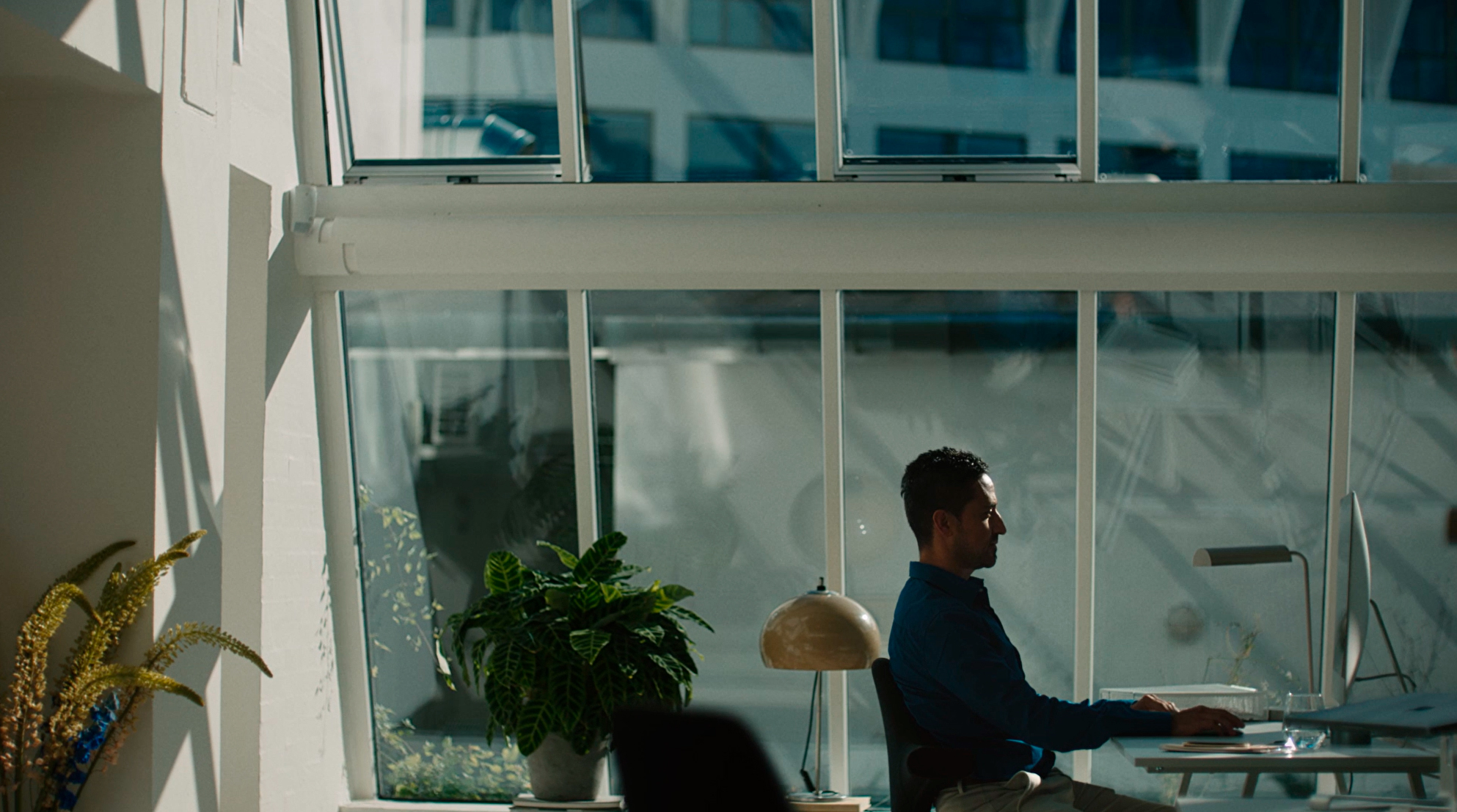In today's fast-evolving world of work, the general good health and wellbeing of employees have become an essential requirement. Air quality is one particular focus area that has gained significant attention in recent years, particularly following the COVID-19 Pandemic. Thankfully, there’s now a greater understanding and appreciation that poor air quality can have detrimental effects on employees’ respiratory health and cognitive function, especially how it affects mood and productivity levels. Adequate ventilation is, therefore, essential, and one of the most important considerations when designing healthy work environments.
Find out why air quality is so important to staff welfare and wellbeing
Our experts understand the importance of air quality better than anyone which is why we’ve developed some of the market's best-performing, low-energy ventilation systems. Discover the importance of air quality and why achieving healthy work environments is easier than you think.
Factors Affecting Air Quality
Various factors contribute to poor air quality within the contemporary office space, and one of the most significant, yet underappreciated, is pollutant emissions from office equipment and furniture. For example, photocopiers, printers, and mechanical HVAC systems can release volatile organic compounds (VOCs) into the atmosphere; harmful to employee health, they cause headaches, nausea, and other respiratory problems. However, often the main culprit is the lack of air circulation within office buildings. Poor ventilation can result in the accumulation of contaminants such as dust, mould, and allergens. This can present a significant risk to employee health, causing allergies and respiratory issues to flare up, whilst promoting the build-up of other potentially harmful pathogens. Remembering the lessons learned from of COVID-19 Pandemic, it’s something which should be given due care and attention when designing a commercial interior, whether new or retrofit.

Ventilation Systems
To combat the issues of poor air quality, ventilation systems are essential. However, established solely mechanical ventilation systems increase the risk of VOC emissions. So what’s the alternative? Simply, you have two alternatives, drawing on the forces of nature: natural ventilation, working exactly as it sounds, and mixed-mode ventilation, which combines the former with mechanical elements. Both are effective at removing contaminants and maintaining optimum air quality, yet what ends up being selected depends on the shape of the building, its geo-location, and the number of people who occupy it. Below are some explainers for these two main types of ventilation.

Natural ventilation
Natural ventilation is an automated, effective approach to improving air quality. Rather than relying on mechanical systems, it takes advantage of natural meteorological forces, including wind and buoyancy. The fresh air flows in through openings in the façade, circulates and then leaves the building through open windows or vents. This continuous flow helps to reduce the accumulation of pollutants and maintains a healthier and more comfortable atmosphere inside the office. Natural ventilation systems can be designed for either passive or active methods. Passive natural ventilation systems rely solely on the building's design, incorporating elements like high ceilings, big windows, and cross-ventilation to promote airflow. By contrast, active natural ventilation systems use smart-controlled devices to enhance air circulation.

Mixed-mode ventilation
Mixed-mode ventilation is a type of system that blends natural and mechanical methods. Whilst it harnesses natural forces whenever possible, it’s supported by a mechanical system to enhance air circulation and improve air quality when required. One of the main benefits of this type of system is the flexibility it brings. During times when there is a high demand for fresh air, the enhancement provided by mechanical means can provide additional airflow to meet the necessary needs of users. It comes into its own in busy urban environments with high traffic flows and increased pollution levels. It can also be linked within the wider BMS (Building Management System) for greater control and better functionality with other intelligent technologies, including lighting systems and IoT devices. This can potentially help reduce energy consumption.
Discover how can you create natural ventilation in buildings
Avoiding Sick Building Syndrome
Regardless of the type of system you choose, proper ventilation is crucial for maintaining a healthy work environment. It ensures employees have access to adequate oxygen levels, which promotes cognitive function, reduces fatigue, and decreases the likelihood of respiratory problems. Adequate ventilation also plays a crucial role in preventing Sick Building Syndrome (SBS), a condition characterised by headaches, nausea, and breathing problems. Want to beat the Sick Building Syndrome?
Download our whitepaper on productivity, health, and energy
Let us support your ventilation needs
Like any ventilation system, proper maintenance is essential for it to be effective. Regular inspections and cleaning of window and vent systems are crucial to remove blockages and ensure proper airflow. Additionally, maintaining landscaping and green infrastructure around the building can help to attract and retain natural airflow. The good news is WindowMaster’s technology can help support businesses meet their ventilation needs, helping to automatically track humidity levels, and temperature, and autonomously control the opening and closing of windows through specially designed actuators. Not only does this ensure comfortable working environments all year round, but it’s all taken care of without you having to think about it. The design flexibility of our solutions also make them a valuable tool for building owners looking to create comfortable and productive work environments that are built to last. If you are looking to reduce building running costs, our cleantech-experts can support you with advice and guidance on designing and planning an energy-efficient building with natural and mixed-mode ventilation systems.
Contact a Specialist

